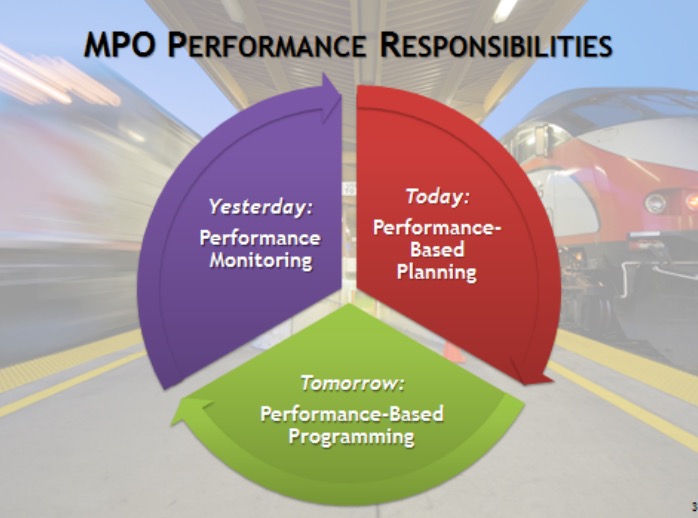
TRANSPORTATION FOR AMERICA
Cities and regions around the country face important choices about how and where they want to grow, how to connect people to economic prosperity and how to use limited resources to promote healthy communities and provide a great quality of life for all of their residents.












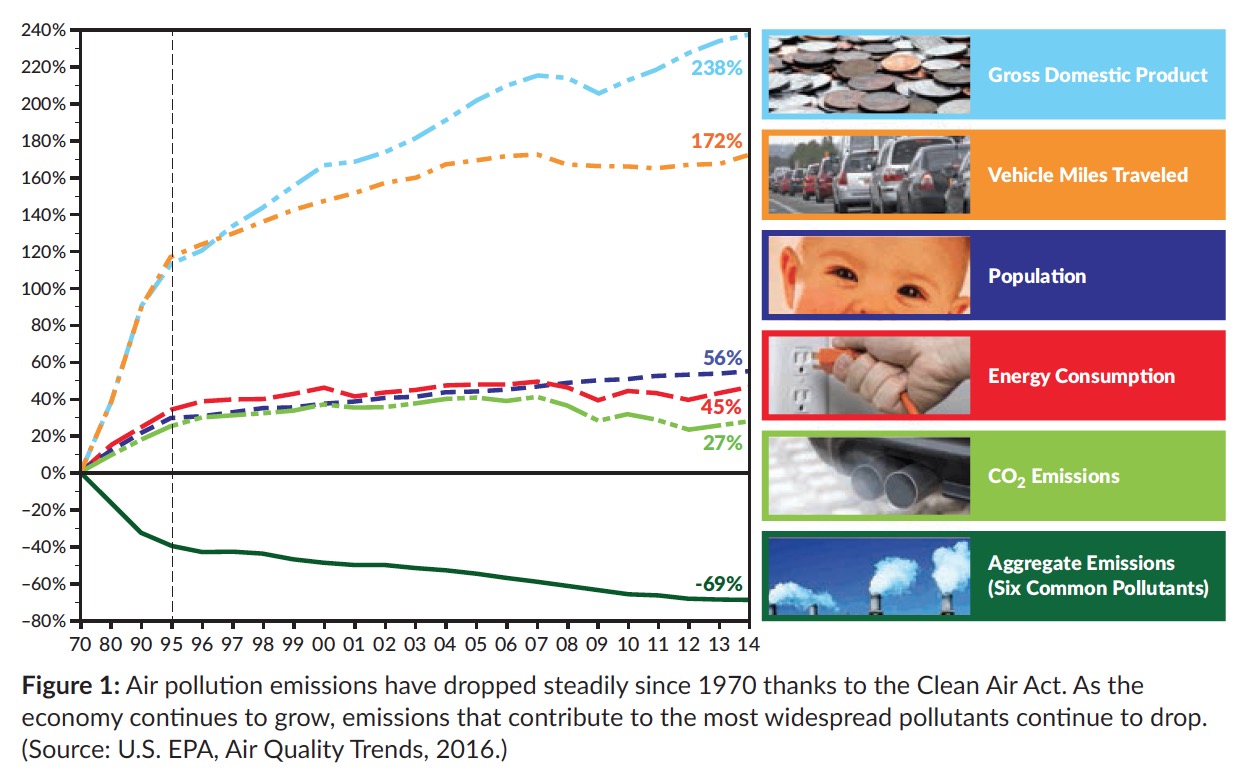
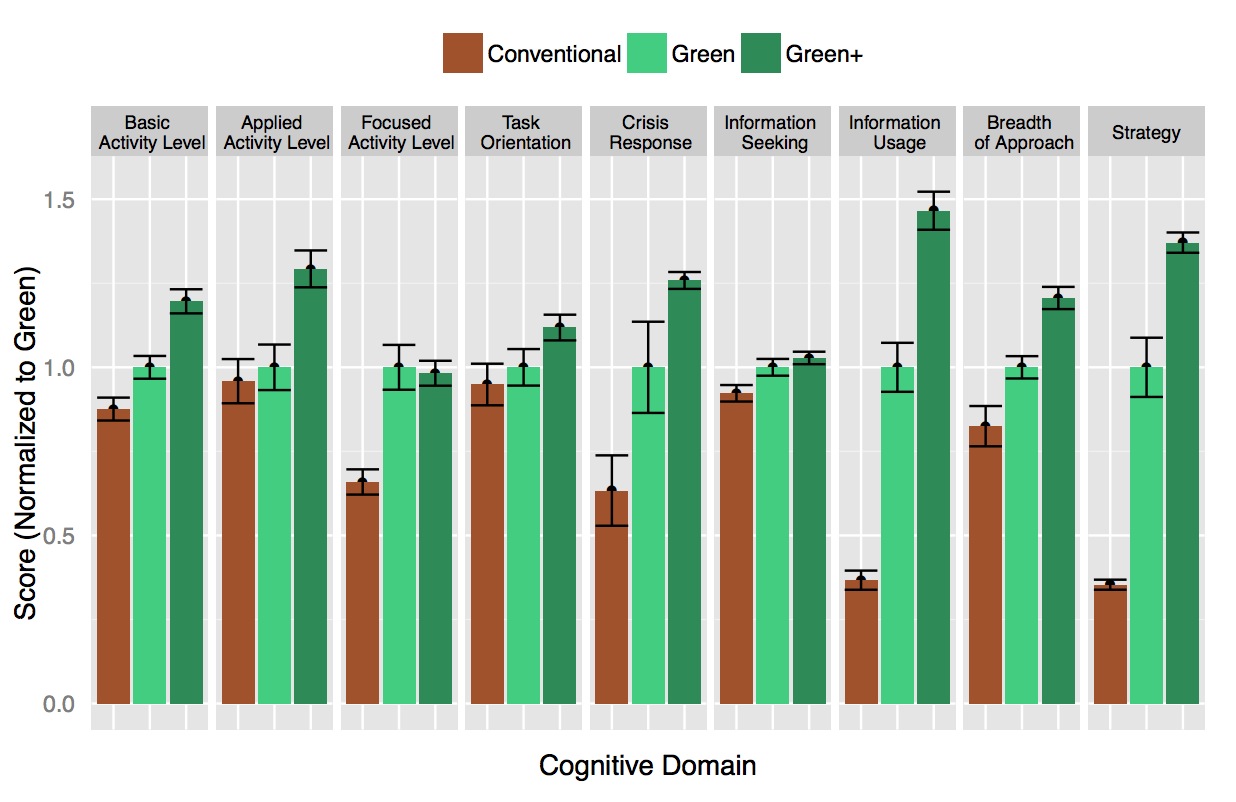
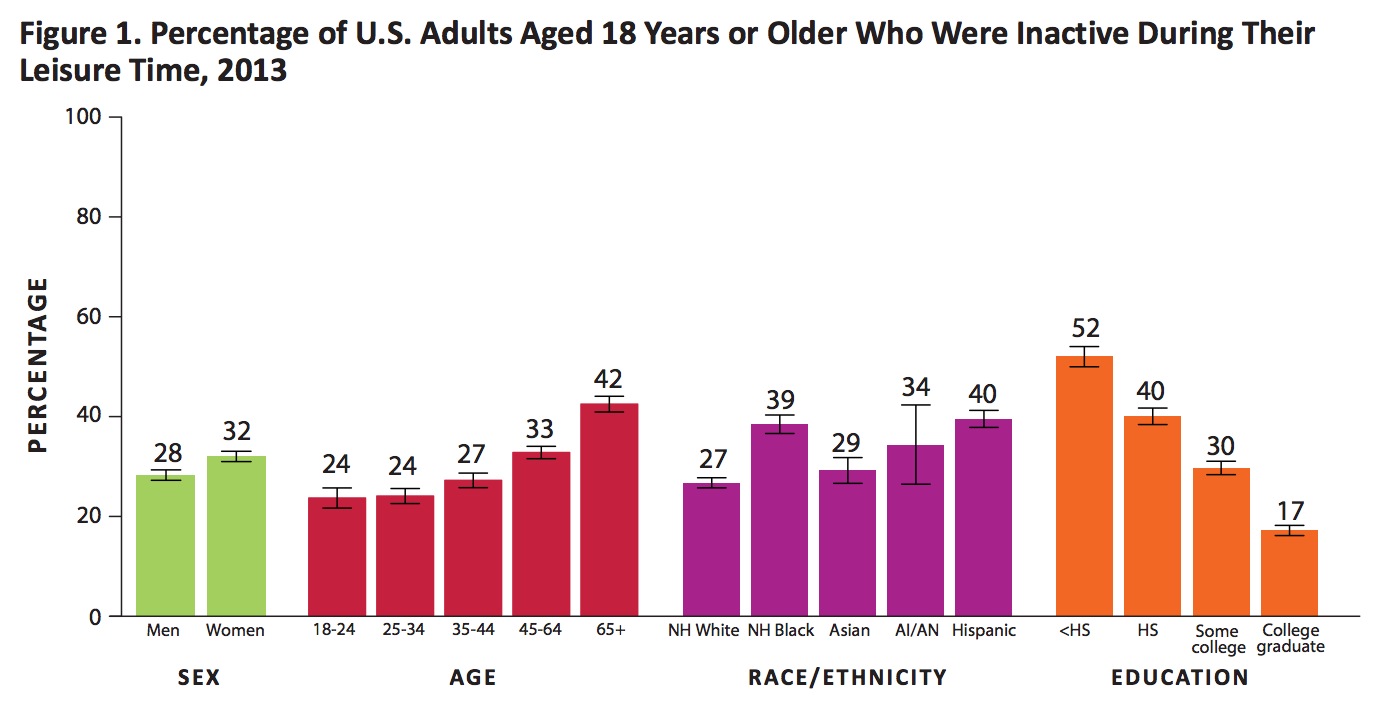
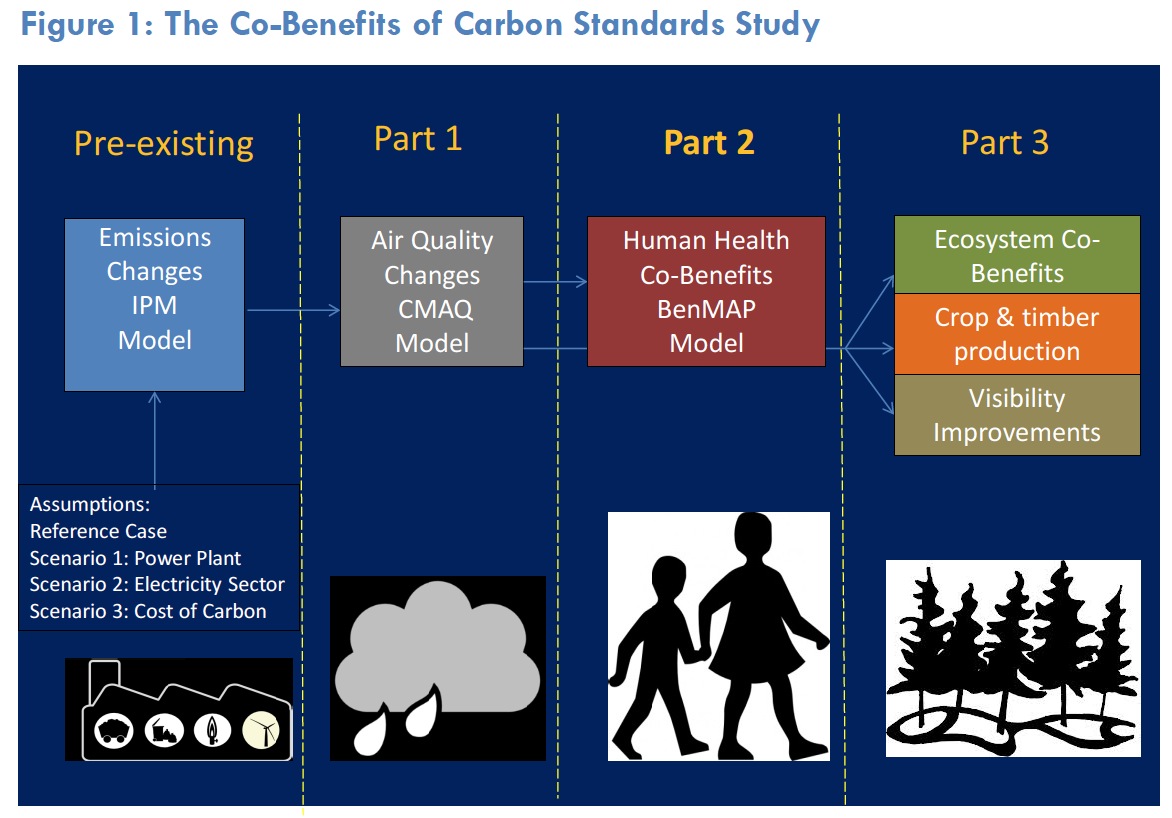
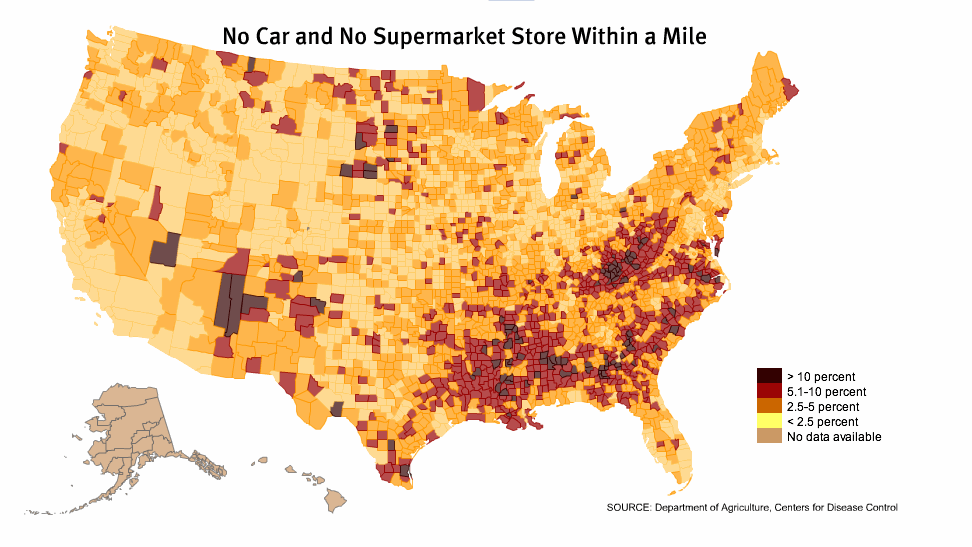
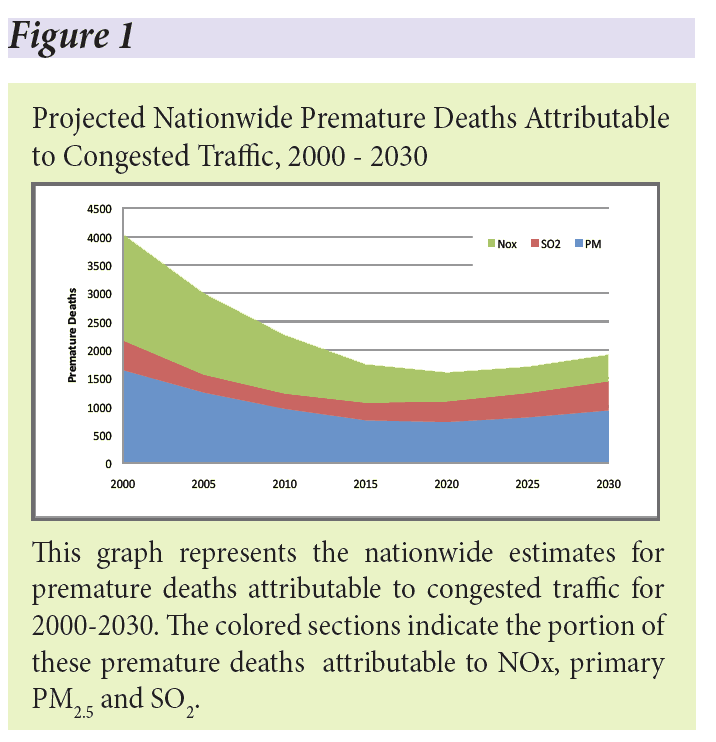

 RSS Feed
RSS Feed